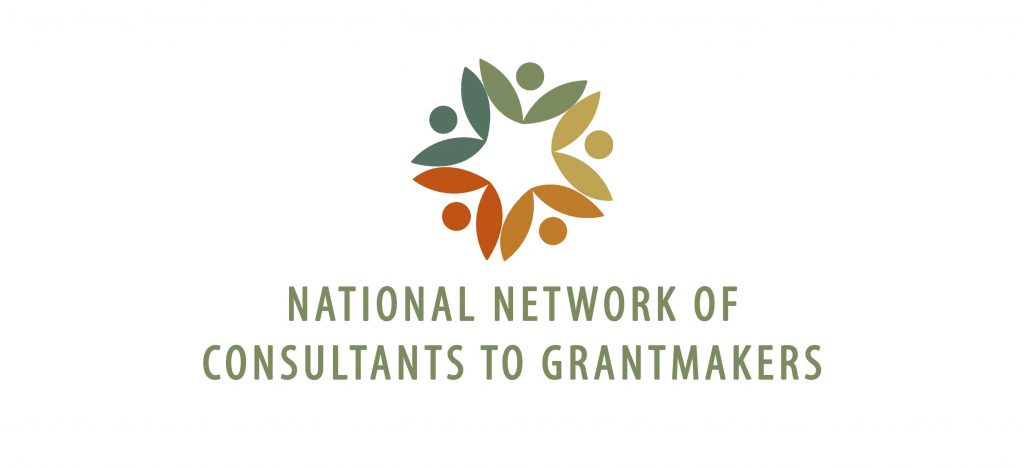So many of us are still reeling from the November 9th election results. Some of us reacted with deep feelings of fear, sadness, demoralization, and hopelessness. And now, a week later, there are many questions about which way forward. Two things are clear from the election. The first is that foundations and grantmaking vehicles are not clearly understood by the general public. Second, now more than ever, race and racial equity are the defining issues of our time – particularly as they relate to philanthropy.
What can philanthropy do to actualize its commitment to issues of justice and fairness? Are you a foundation executive committed to anchoring those aspirations into the very fabric of your institution through your operations, programs, and practices? Do you want to understand and change inequities internal to your grantmaking institution consistent with your external philanthropic mission, but are not sure how? Conducting a Racial Equity Audit of your funding and internal operations can accomplish the dual goals of making philanthropy more transparent and furthering racial equity.
How Does a Racial Equity Audit Work?
This blog post will provide you with a step-by-step process to advance these goals based on a racial equity audit/assessment Lighthouse Philanthropy Advisors recently conducted for Grantmakers in the Arts (GIA). A racial equity audit can be a powerful leadership tool to uncover, recognize, and change inequities that are internal to your institution. GIA sought to “walk its talk” by undergoing an internal (hiring practices, human resource policies) and external (member programs, board composition) audit to set benchmarks and long-term plans to operationalize its commitment to racial equity.
GIA is a national membership organization of arts and culture funders that has used a variety of platforms (blogs, member bulletins, GIA Reader, annual conferences, and other programs) to highlight issues that impact, improve, and strengthen arts philanthropy. Since 2008, GIA has been elevating racial equity and social justice as a critical issue affecting the field. In 2013, its board approved a motion to make racial equity an organizational priority. In the spring of 2015, GIA released its Racial Equity in Arts Philanthropy Statement of Purpose, which was a culmination of four years of work, discussion, and commitment. In June 2015, GIA hosted a national forum entitled “Supporting African, Latin@, Asian, Arab, and Native American (ALAANA) Organizations.” To courageously take its racial equity commitment to the next level, Lighthouse Philanthropy Advisors was retained by GIA to embark on its first ever-racial equity audit. Our goal was to provide GIA’s staff and board members with a basic roadmap for making concrete and doable changes that would move both GIA and the field forward to advance racial equity, while maintaining the collaboration and cohesion of key stakeholders.
We began the process by establishing three lines of inquiry that would undergird the audit:
- Has GIA established racial equity as an organizational priority in internal policy documents? How does it evaluate its racial equity work and monitor progress towards achieving internal racial equity? How is staff/leadership accountable internally and to whom, and how is GIA accountable externally?
- How is racial equity reflected internally in GIA’s governance, language and communications, policies, culture, operations, and practices? How effective are these elements in advancing racial equity internally?
- How does GIA further racial equity externally among its membership through its communications, programs, and practices? What is the quality of those elements and what impact are they having?
To answer these questions, Lighthouse conducted various activities, including: a review of GIA’s internal equity policies, procedures, and programs, as well as its website and other field-oriented communications; two surveys, one targeting stakeholder member institutions and another targeting foundation peer groups working in a variety of sectors unrelated to arts and culture; and, interviews with a diverse set of representatives of GIA staff, board, funders, learning group members, and “un-connected member organizations.” Once the material was collected and analyzed, we prepared a detailed summary report, including an analysis of key themes, recommendations for incorporating action steps into administrative and programmatic areas, and a compilation of racial equity programs of similar organizations.
GIA’s decision to make an organizational commitment to racial equity and then to contract this audit and implement the resulting recommendations was no easy task. Over the course of our work with GIA, we learned about what it takes to undertake an effective audit, most importantly:
- A willingness to open the organization to outside scrutiny— the ability to bare its soul;
- The ability to both take decisive leadership and take direction from its constituency; and,
- A deep commitment from the organizational leadership to take this work on over the long haul because cultural and systemic change takes time.
With the final audit in hand, GIA’s staff and board have reviewed it, and are acting on recommendations, including a plan for integrating racial equity into all of its programs, while also maintaining specific racial equity programs for its members.
We feel confident that given GIA’s history, passion, and profound commitment to equity and justice, it will certainly make great strides toward this end and be a role model for others.
Leticia Alcantar is a partner at Lighthouse Philanthropy Advisors, which was co-founded by NNCG member Pat Krackov. Lighthouse is a women-run, full-service philanthropic consulting and advisory firm that provides customized, in-depth support to foundations, families, and individuals in all stages of giving.

